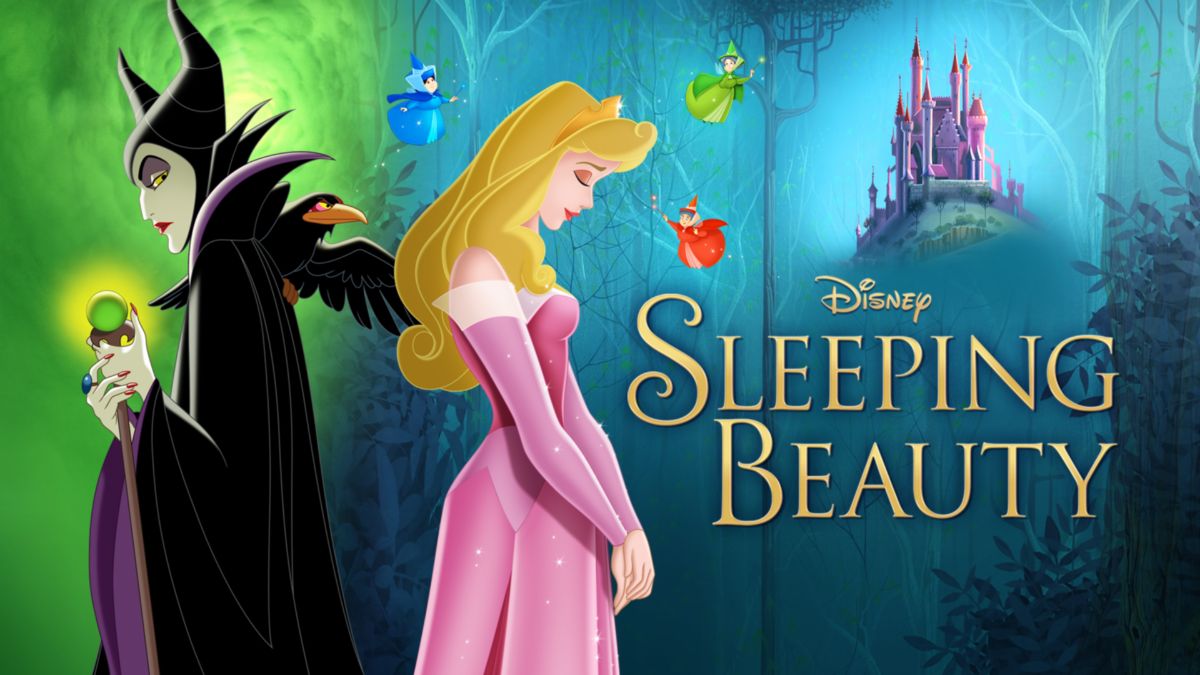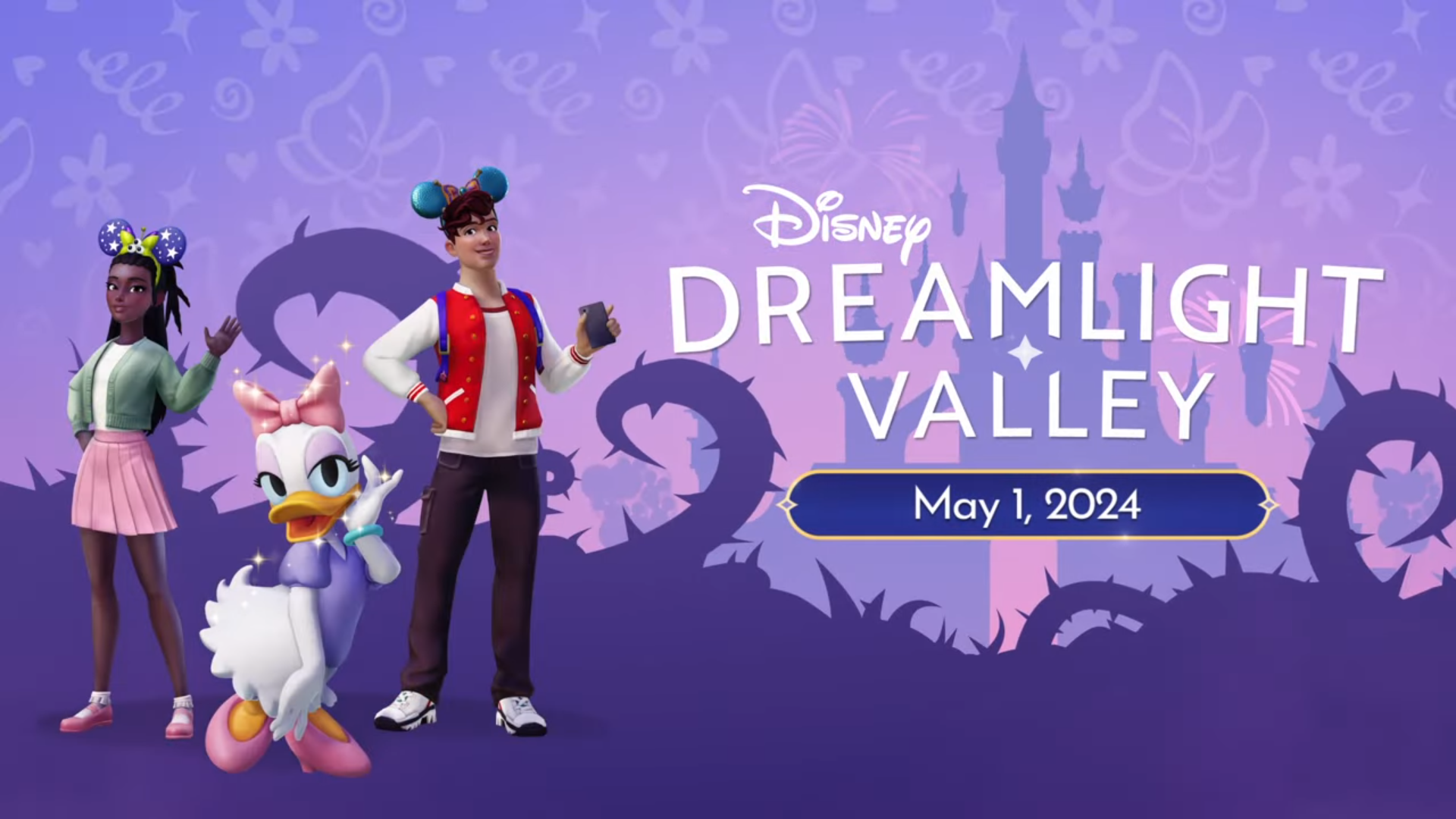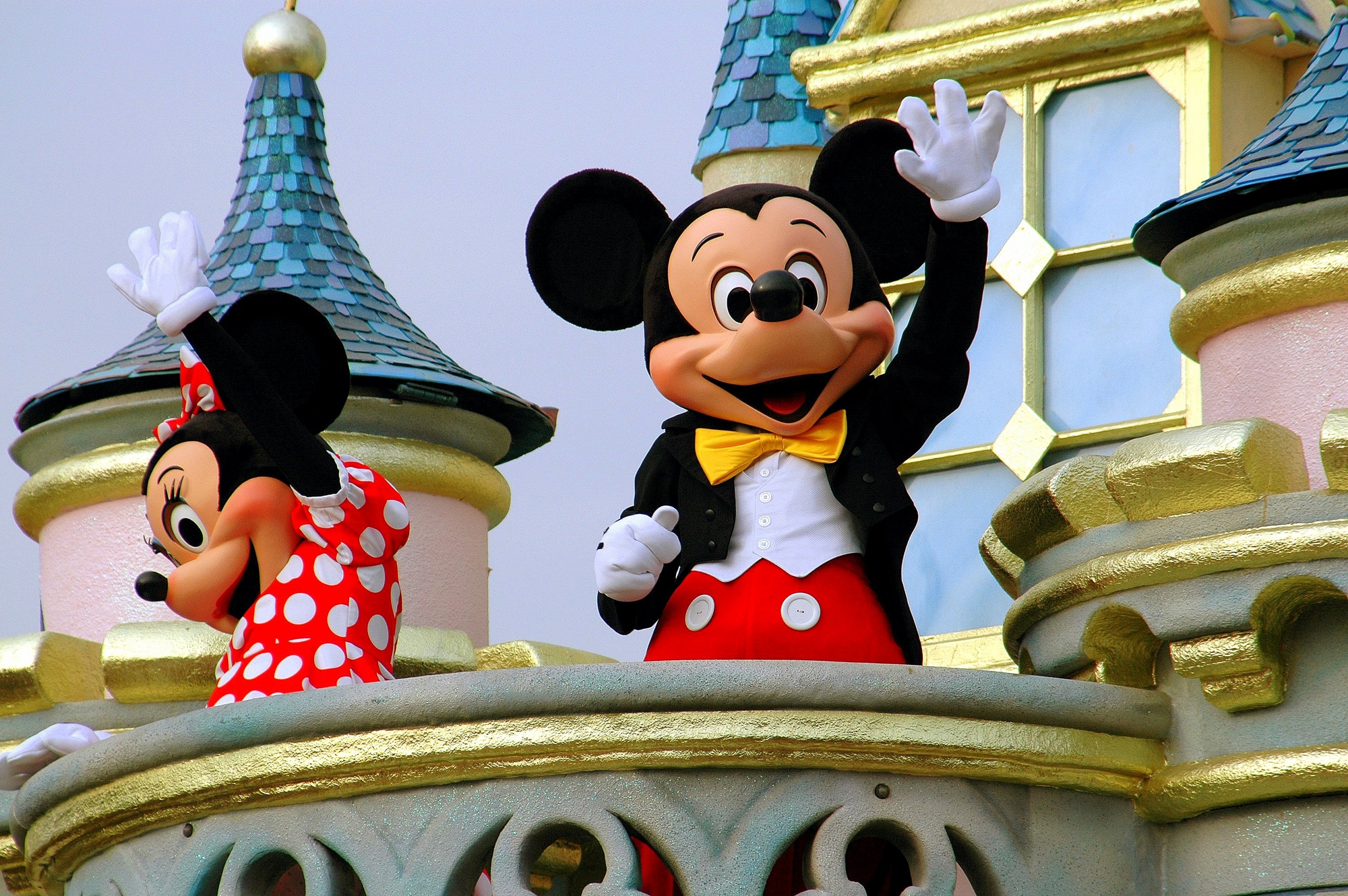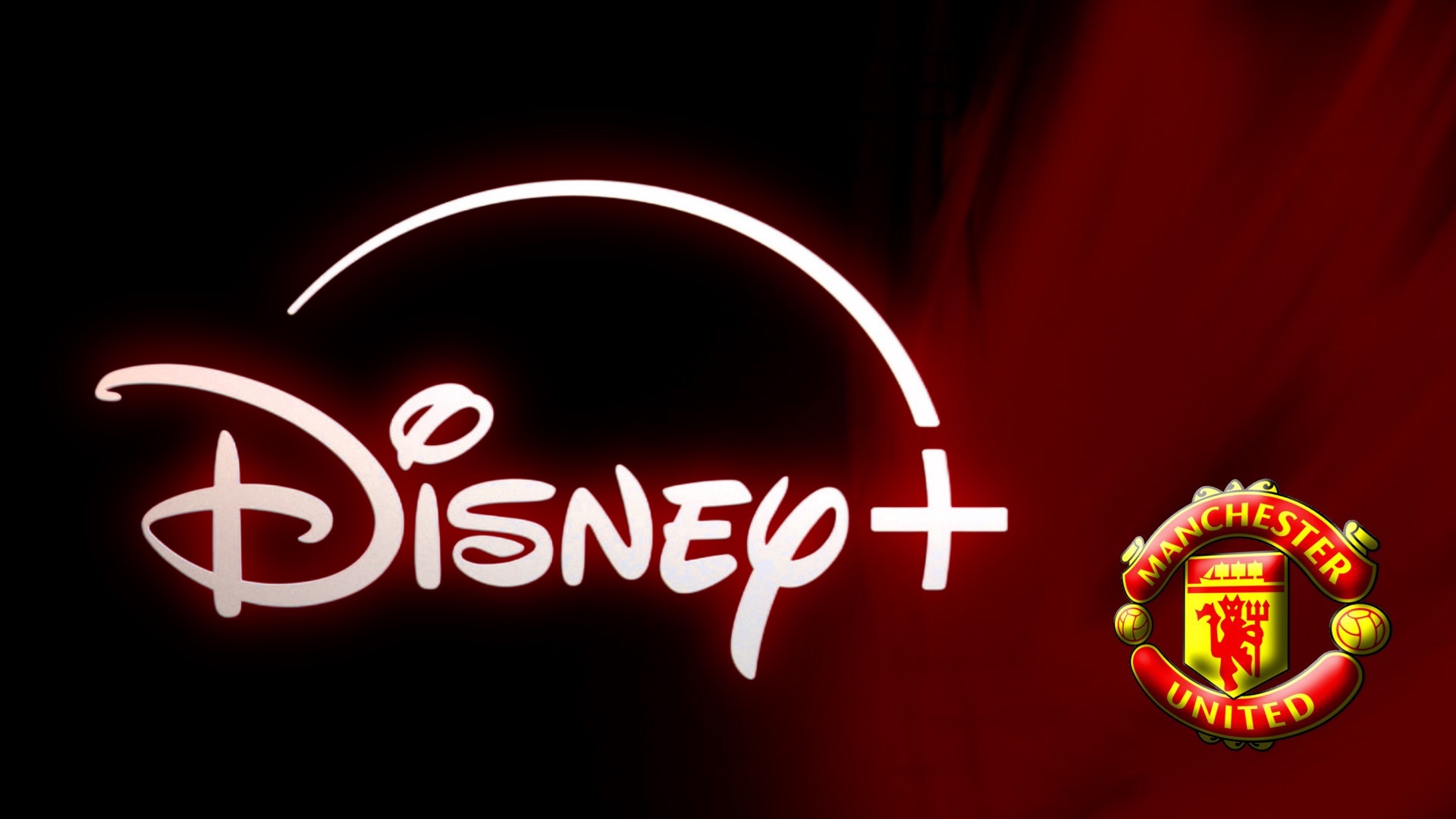Sleeping Beauty was a film unlike any that had been made before and probably unlike any that will ever be made. Though the story itself is traditional Disney fodder, the film itself is anything but. Released in 1959, Sleeping Beauty is based on the classic Charles Perrault version of the fairy tale. Because the original tale was quite short, the Disney writers needed to pad it out a bit, fleshing out characters like the wicked Maleficent who served as the main antagonist of the film. Maleficent has gone on to become one of the most iconic Disney villains among their animated films.
Read: 20 Weeks of Disney Animation: ‘Lady and the Tramp’
Sleeping Beauty represented many firsts as well as many lasts for Disney animation. By the mid to late 50s’, Walt was preoccupied with other things. His theme park Disneyland had opened to great success, and with that, he moved his ventures to the then up-and-coming medium of television. This meant that he had to put things such as feature animation on the back burner. His hope would be that Sleeping Beauty would be a great success and return the company back to its fairy tale roots of Snow White and Cinderella. In that sense, Sleeping Beauty represents the final entry in Walt Disney’s princess trilogy, so to speak.
Not only did he want it to be his most successful film, but he also wanted it to be the most beautiful. To ensure that the film would look the way he wanted, he took a different route in the animated process. He put background artist Eyvind Earle in charge of the production of the animation. Earle was in charge of working with the other animators, but first and foremost Disney wanted Earle’s Medieval art style to come through. Walt wanted what he called a “moving illustration”. And he certainly got that with Sleeping Beauty. This look, the intricately detailed backgrounds and gorgeous sequences, made this film an epic on a grand scale.
Another departure from the studios norms of the time was its soundtrack. Initially, it was planned to be a musical not unlike the Disney animated films that had come before. However, after a few songs were written, it was decided that this would not suit the film as a whole. Instead, they would use the music from The Sleeping Beauty ballet, written by Pyotr Ilyich Tchaikovsky. Disney had worked with Tchaikovsky’s music before, using his Nutcracker Suite in Fantasia. However, the studio had never used ballet music to this extent before. Ultimately, this was a wise choice and the music does an excellent job alongside the animation.
Similarly to Lady and the Tramp, Walt Disney intended to release this on bigger screens that he had ever before. For Sleeping Beauty, this meant utilizing Super Technirama 70 technology and distributing 70mm prints to theaters that were equipped for it, rather than simply the usual 35mm. Consequently, this meant that the animators had to work on larger paper, which proved somewhat difficult.
Sleeping Beauty was an end of an era in animation history. When looking at the last 100 years of history, there are really two over-arching eras: before Sleeping Beauty and after. From the 1920s to the late 50s, traditional, hand-drawn animation was the norm and there was little change in the process. Sure, there was some technological innovations such as the multiplane camera, but not anything that fundamentally shook up the process. However, the following 50 years were full of innovation and change. Disney followed Sleeping Beauty with One Hundred and One Dalmatians, the first film of its kind to utilize the then-new technology of Xerox. That was just the first of many innovations that continue to this day. Sleeping Beauty represents the end of that original era.
Live-action remake: In 2014, Disney released a live action reimagining of Sleeping Beauty, titled Maleficent. Starring Angelina Jolie, it follows mostly the same story, but from the point of Maleficent. A sequel, titled Maleficent: Mistress of Evil, was released in 2019.
Sleeping Beauty in the theme parks: Sleeping Beauty’s castle IS the sign of Disneyland. It is the first thing you see when you walk in and has become a huge destination for guests. In addition to the castle, there are several shops and other Sleeping Beauty themed things in the parks, including regular character appearances in parades and live shows.
Sleeping Beauty on the stage: Despite the original film not being a traditional musical, Sleeping Beauty has joined several other Disney properties that have been adapted for the stage for kids. Aptly titled Disney’s Sleeping Beauty Kids, the Disney Theatrical version features a blend of old and newly written musical numbers to be performed by local schools.
Sleeping Beauty is available to stream on Disney+.







Leave a Reply